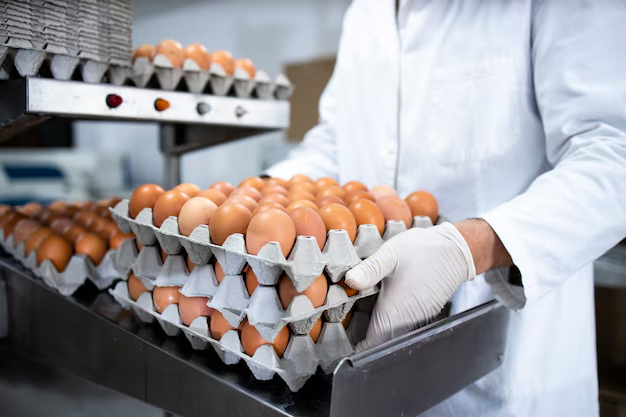Worldwide Jobz
McKinsey report Indicates That most all new jobs will be high-paying after Covid and most low-wage workers will have to change careers
The report centers around the pandemic’s effects on laborers, work, and the subsequent kinds of occupations in eight distinct nations. A portion of the subsequent projections appear to follow a K-shape .
Before the pandemic, practically all low-wage laborers who lost their positions could simply move into an alternate low-wage position, per the report. Post-pandemic, that appears as though it will not be an alternative any longer.
Laborers in low-wage occupations that are “declining” – like food administration – should roll out a greater improvement: McKinsey says that the greater part of them should secure more lucrative positions (which require various abilities) to remain utilized post-pandemic.
“Contrasted with our pre-COVID19 gauges, we hope to see the biggest negative effect of the pandemic falling on specialists in food administration and client deals and administration parts, just as less-gifted office uphold jobs,” the report says.
Low and medium-wage positions will probably see the most net occupation development decays. In the United States alone, the report projects that 4.3 million positions could be lost in client support and food administration. Generally, it finds that around 17 million Americans should give up positions occupations and progress into new ones; that is a 28% expansion from McKinsey’s pre-pandemic gauge of 3.8 million.
On the other side, higher-wage occupations are the ones that will see development, especially those in medical care and STEM fields.”Almost all development in labor request will happen in high-wage occupations,” the report says.
“This pattern is extraordinarily not quite the same as the elements seen in numerous nations before the pandemic, when net occupation misfortunes were gathered in center pay occupations in assembling as computerization took over routine assignments while development proceeded in low-and high-wage occupations,” the report says.
That pattern lines up with America’s K-molded recuperation , where higher-wage laborers see their positions and salaries develop, and low-wage laborers experience the inverse.
In any case, laborers everywhere on the globe will in any case feel the effect of post-pandemic patterns: By 2030, more than 100 million specialists – around one out of 16, as indicated by McKinsey – should get an alternate line of work.





